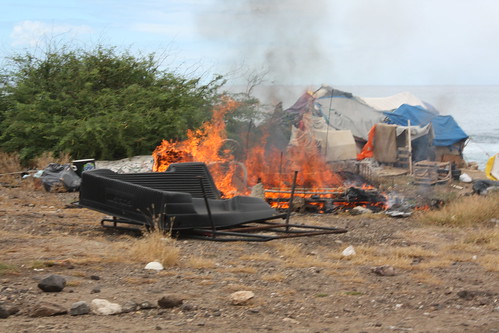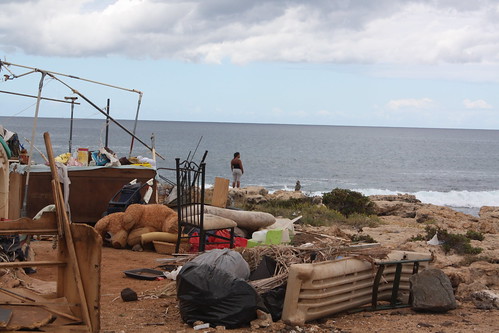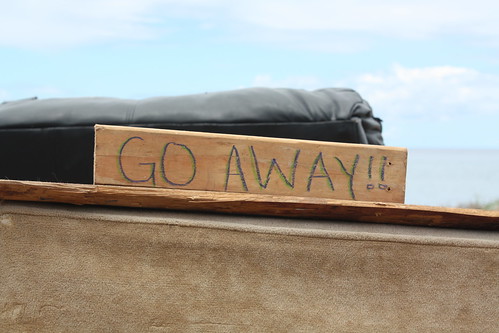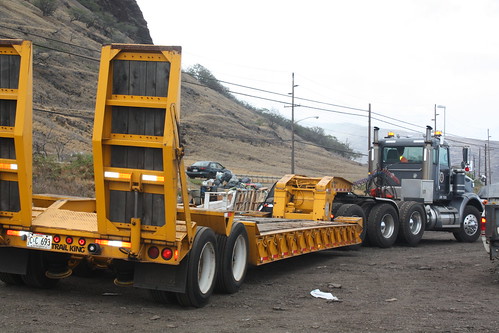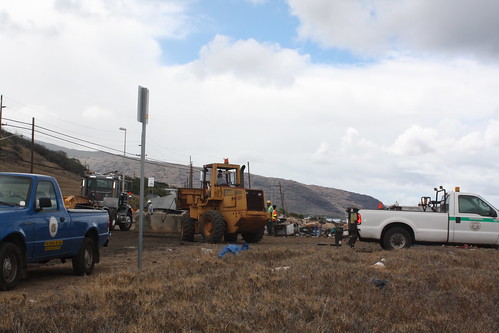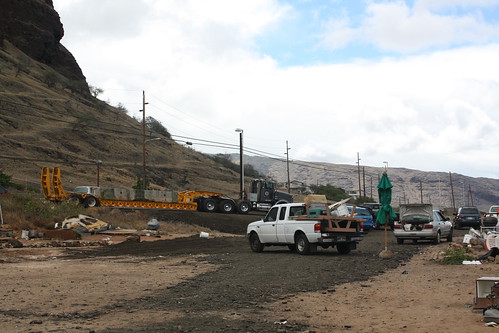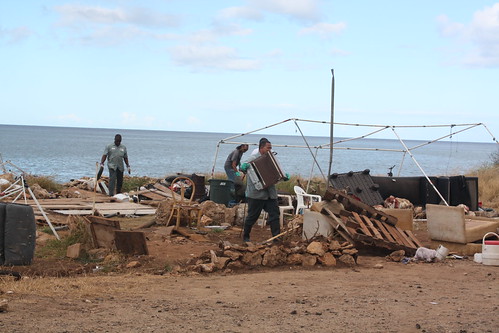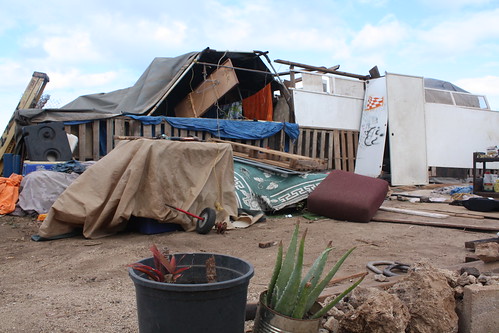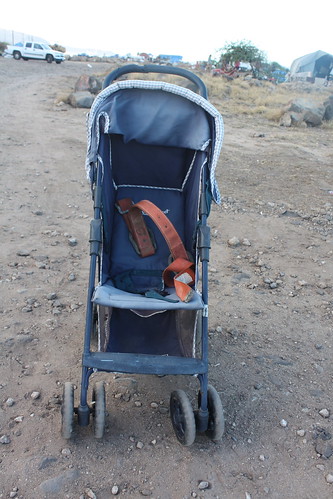Following beach eviction, Waianae man commits suicide
WAIANAE—Tension leading up to today’s eviction of houseless campers at “Guardrails” beach on the Waianae Coast has been compounded by reports of a fatality—a 57-year old Maili man who committed suicide yesterday afternoon.
The man, whom fellow residents knew as “Dwight,” was the subject of five previous beach sweeps. Residents told The Hawaii Independent that Dwight was a U.S. military veteran.
The man’s body was found hanging by beach residents, suspended from the crossbeam of a tent. According to police records, medical and fire personnel administered emergency care. He was then transferred in critical condition to the Waianae Coast Comprehensive Health Center. He was pronounced dead at 5:58 pm.
Area residents told The Hawaii Independent today, July 19, that a second man attempted to commit suicide this morning, using the same rope.
There have also been reports that another woman evicted from the beach tried to commit suicide by walking into oncoming traffic.
For several weeks, the Honolulu Police Department made repeated visits to the beach, where about 350 houseless people had been living. Beach residents said their cars were towed—making the eviction process difficult—and that families were told by police officers to dump buckets of water that they had filled to take with them.
Last week, the State House Committee on Housing and Human Services held an informational briefing to find immediate solutions to Hawaii’s “homeless problem.” At the briefing, Russ Saito, director of the Hawaii Department of Human Services (DHS), said the State needs to focus on building affordable rental units. There are currently 6,100 federal and State public housing units in Hawaii and a waiting list of over 10,000 with the Public Housing Authority. Shelter capacity in Hawaii has doubled since 2006, according to DHS. Of the 5,800 houseless people counted in the most recent point-in-time survey, 3,500 are in shelters and 2,200 are unsheltered.
A bill passed earlier this month establishes the Housing First Program, which aims to create a permanent, stable residence for the “chronically homeless.” The bill will also allow the Hawaii Public Housing Authority the flexibility to implement the program as it deems appropriate for clientèle.
When houseless people are removed from public property, committee members said that there must be a sufficient place for them to go that includes services such as family counselling and mental health and drug abuse treatment.
Last month, the City and County of Honolulu held a “Forum on Homelessness,” in which Mayor Mufi Hannemann, who is expected to resign to run for governor tomorrow, said he supported the concept of “safe zones”—designated areas provided by the State that would allow long-term camping and provide basic sanitation and safety services.
No official “safe zones” are currently set up, as they are still in preliminary planning stages. The House Committee on Housing and Human Services intends to hold a meeting in the coming weeks to discuss potential locations for the “safe zones.”
In order to address “chronic homeless” with mental health problems, the City is considering a law, which has never been used, that allows involuntary outpatient treatment via the civil court system for people with severe mental disorders.
The City Council is also looking at bills that would prohibit unlawful camping on all public property, including sidewalks and medial strips, and would establish a procedure for the removal and disposition of personal property stored illegally in public spaces.
The mayor insists that these bills do not target the homeless, but would make it clear that no one may camp or store belongings for long periods of time on sidewalks or other public areas.
Editor’s note: Story updated on Monday, July 19 at 8:47 p.m. to include additional information on City and State legislation.
